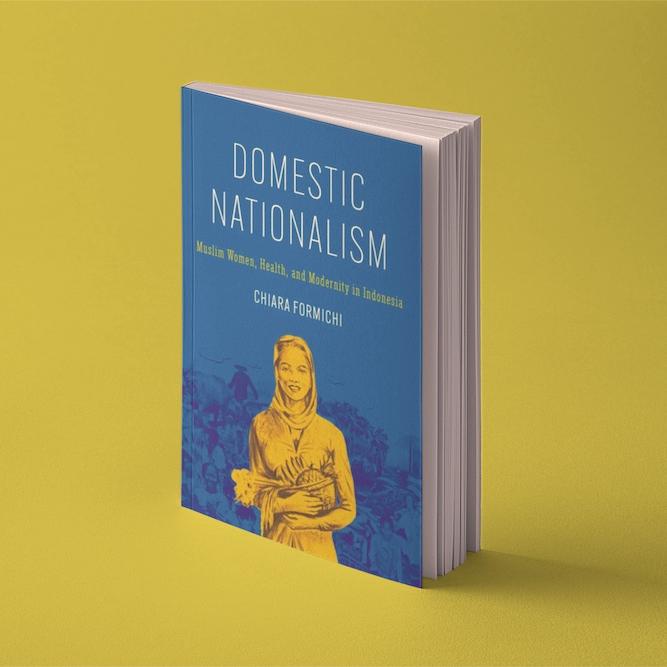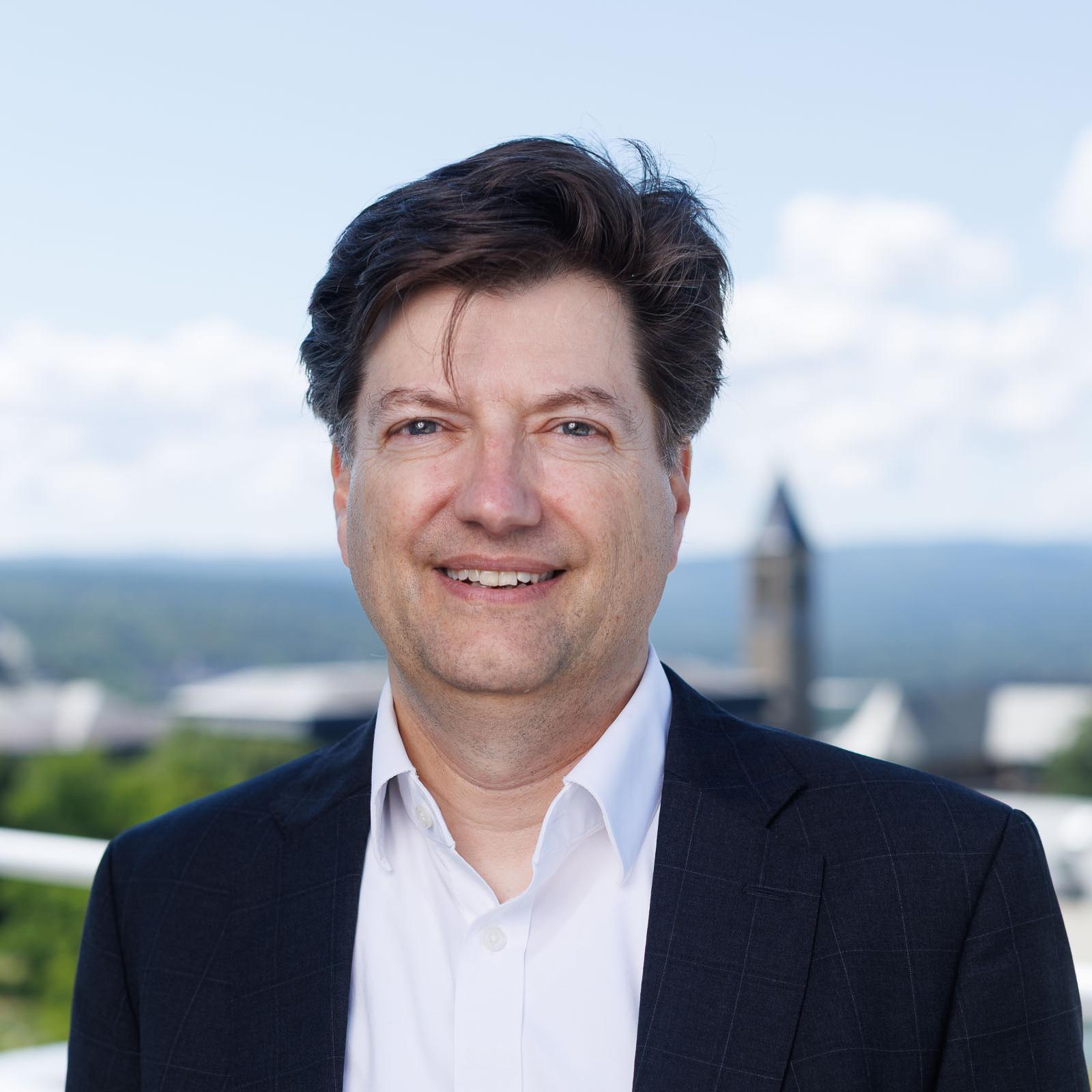
 Department Homepage
The College of Arts & Sciences
Department Homepage
The College of Arts & Sciences
Class creates online 'soundscape' of Cornell
Take an audio tour of the Cornell campus, thanks to this class blog.



